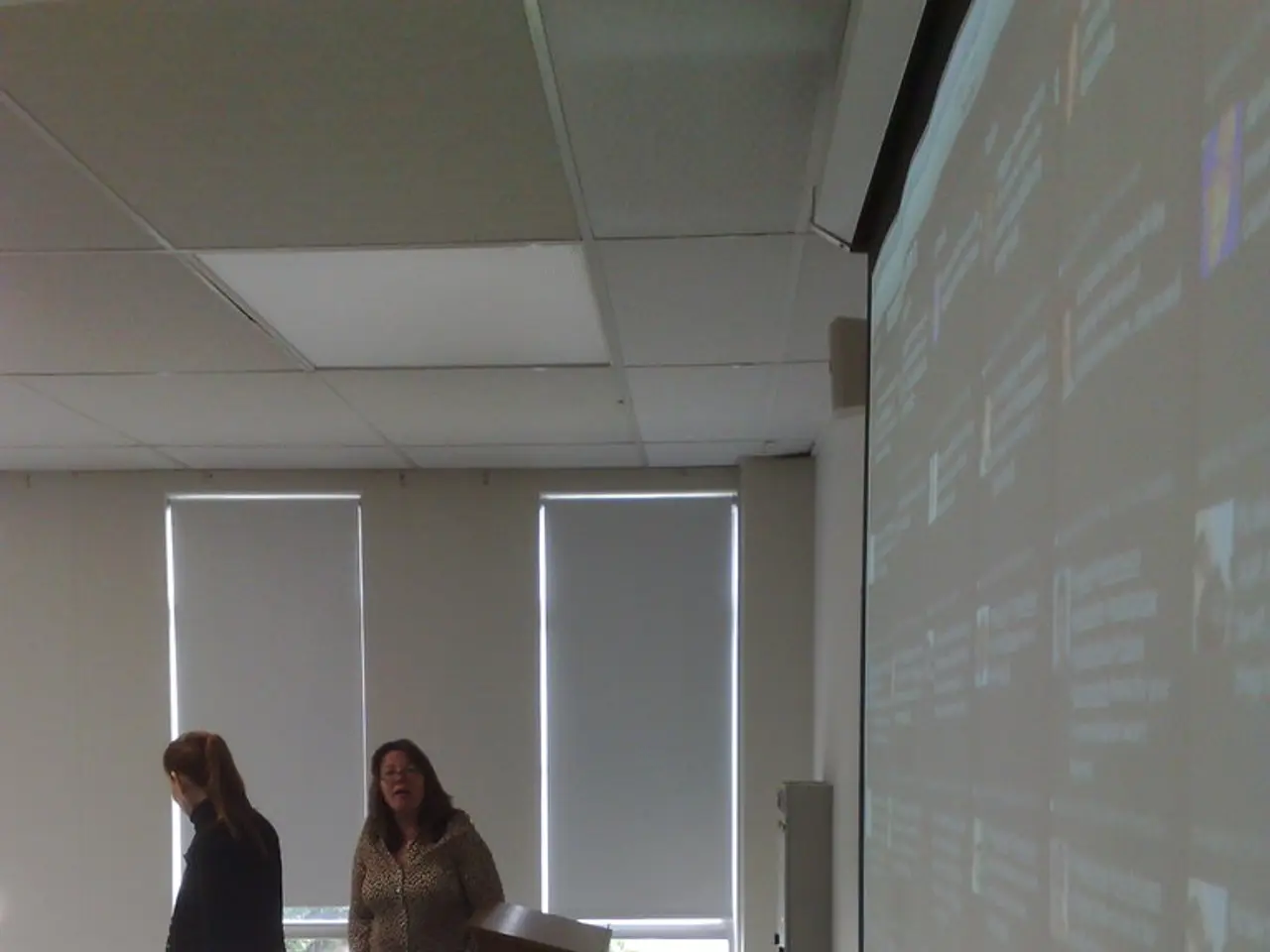Enhancing Employment Strategies Crucial for Business Expansion in Light of Increasing Labour Market Pressure
In Ho Chi Minh City (HCM City), a pressing issue has arisen in the manufacturing sector: a labour shortage with complex causes, significant impacts, and several potential solutions under discussion.
## Causes
The labour shortage can be attributed to several factors, including skill mismatches and training gaps, the transition to high-tech and green manufacturing, administrative and infrastructure delays, and external economic factors.
### Skill Mismatches and Training Gaps
With the increasing demand for skilled and semi-skilled workers, many workers lack the necessary training or qualifications for these new roles, creating a mismatch between labour demand and supply.
### Transition to High-Tech and Green Manufacturing
HCM City is actively moving towards eco-industrial parks, high-tech zones, and smart manufacturing hubs. This shift reduces demand for traditional manual labour and increases the need for workers skilled in automation, IT, and sustainable practices, resulting in shortages at both ends—too few skilled workers and excess unskilled labour.
### Administrative and Infrastructure Delays
Slow progress in developing new industrial zones and resolving land clearance issues limits the number of large-scale projects, which in turn reduces overall labour absorption. Delays in administrative procedures further deter investment, slowing job creation in manufacturing.
### External Economic Factors
The recent drop in export orders, partly due to increased tariffs and global economic uncertainty, has led some manufacturers to scale back employment and purchasing. However, some sectors continue to expand production, intensifying the competition for remaining skilled workers.
## Impact
The labour shortage has several consequences for businesses in the manufacturing sector.
### Constraints on Business Growth
Labour shortages limit the ability of manufacturing firms to scale up production, meet export demands, and remain competitive regionally and globally.
### Rising Wage Pressures
With increased competition for skilled workers, salaries are rising, adding to production costs and potentially eroding Vietnam’s traditional labour cost advantage.
### Reduced Attraction for Foreign Direct Investment (FDI)
Persistent shortages and rising costs can make HCM City less attractive for large-scale FDI projects, especially those requiring skilled labour or stable supply chains.
### Operational Inefficiencies
Manufacturers must often reduce production targets or delay expansions due to insufficient staffing, impacting both profitability and long-term planning.
## Potential Solutions
Addressing the labour shortage will require a multi-faceted approach that includes improving workforce skills, streamlining business processes, and attracting both domestic and international talent.
### Enhanced Training and Vocational Education
Expanding technical and vocational training programs to equip workers with skills relevant to modern manufacturing, automation, and green technologies can help bridge the skill gap.
### Better Hiring and Retention Strategies
Companies are encouraged to develop more effective hiring, onboarding, and retention strategies to attract and keep skilled workers, including offering competitive salaries, benefits, and career development opportunities.
### Streamlining Administrative Procedures
Reducing red tape and accelerating land clearance and investment approvals can help attract more manufacturing projects and create additional jobs.
### Promoting International Talent
Making it easier for foreign professionals to obtain work permits and integrating them into local teams can help address skills shortages in specialized areas.
### Expanding Industrial Zones and Infrastructure
Fast-tracking the development of new industrial parks and high-tech zones, especially in suburban areas, can increase manufacturing capacity and labour absorption.
### Support for Green and High-Tech Transition
Providing incentives for businesses to adopt green technologies and high-tech manufacturing practices can help the sector adapt and create new types of jobs.
In conclusion, addressing the labour shortage in HCM City’s manufacturing sector will require a collaborative effort from various stakeholders, including government agencies, educational institutions, and businesses. By implementing the proposed solutions, the city can mitigate the impacts of the labour shortage and position itself for continued economic growth and development.
- The transition to high-tech and green manufacturing in HCM City is resulting in shortages at both ends, as the demand for skilled workers in automation, IT, and sustainable practices increases while traditional manual labor decreases.
- In the manufacturing sector, skill mismatches and training gaps are causing a labor supply issue, as many workers lack the necessary qualifications for the increasing number of skilled and semi-skilled jobs.
- Rising wage pressures are a consequence of the labor shortage, as increased competition for skilled workers drives up salaries, adding to production costs and potentially eroding Vietnam’s traditional labor cost advantage.
- Labour shortages are limiting the ability of manufacturing firms to scale up production and remain competitive, which can reduce Foreign Direct Investment (FDI) and lead to operational inefficiencies.
- To address the skill gap, expanding technical and vocational training programs can equip workers with skills relevant to modern manufacturing, automation, and green technologies.
- Streamlining administrative procedures, such as reducing red tape and accelerating land clearance and investment approvals, can help attract more manufacturing projects and create additional jobs.




